Your Cart is Empty
Free Shipping over $150 (Excludes Oversized Products)
Free Shipping over $150 (Excludes Oversized Products)
Sanding Belts
Sanding Discs

How To Make Damascus Steel
by David Kranker 5 min read

Quick Summary
Damascus steel is a combination of different steels characterized by the wavy pattern of dark and light lines visible on the metal. Damascus steel can be created in 5 steps. To make damascus steel, you’ll need to gather the necessary tools and materials, assemble your steel billets, heat the steel, temper the steel, and then etch and finish the blade (if the steel will be used for a blade).
Jump To:
- What is Damascus Steel?
- Variations of Damascus Steel
- How Many Layers Is Ideal?
- Heating and Finishing Damascus Steel
Damascus steel is renowned for two things: its beauty and its ability to create a blade that’s strong enough for rigorous use while remaining flexible enough to resist damage and degradation. It’s an achievement that’s impressive even by modern knifemaking standards.
This resilient and attractive steel was manufactured on a large scale until the 18th century, when the iron ore used to make it was depleted in Indian mines. Fortunately, diligent research and modern technology have transformed Damascus steel from a historical curio into a resurrected art. In this blog, the team at Red Label Abrasives shares tips on how you can work this ancient art to your knife designs.
What is Damascus Steel?
Damascus steel is a unique type of steel that features a high carbon content and alternating pale and shadowy grains that create distinctive patterns. Today, blacksmiths and knifemakers produce it by using a pattern welding process to combine two different steels into a singular design.
Modern Damascus steel uses widely available high-carbon steels such as 15n20, which are specially blended with elements like nickel and vanadium to achieve specific properties. This broad approach has resulted in variations that are as unique as they are attractive.
Variations of Damascus Steel
Below is an overview of common variations of this attractive steel.
Crucible Steel
Crucible steel (also known as water or wootz steel) is a now-rare original form of Damascus steel. To produce forge-ready ingots, blacksmiths melted Indian iron ore in crucibles with plant matter and flux materials like glass, then carefully cooled it. Modern blacksmiths have tried to replicate this steel, with varying degrees of success.
Pattern-Welded Steel
These forge-welded steel blades are impressive works of art, crafted by stacking up small pieces of two alternating types of steel, tack-welding them together, and forging them until the right color is achieved. Once the pile of hot steel has been removed from the forge, it is pounded or pressed together into one lump, fusing the pieces together. The smith then cuts and stacks the newly welded billet before welding it again, repeating this process multiple times to achieve as many layers as possible.
Stainless Damascus Steel
Stainless Damascus steel is an evolution of pattern-welded steel. The creation process is similar to that for pattern welding but uses stainless steel instead of the traditional high carbon steel.
How Many Layers Is Ideal?
If you’re trying your hand at making Damascus steel, you may be wondering how many layers are enough. According to the American Bladesmith Society, straight laminated billets of Damascus should have anywhere between 300 and 500 layers in order to attain the perfect outcome, but some knifemakers have produced blades with over half a million layers!
Making Damascus steel blades has a simple progression, yet requires ongoing care and meticulousness. Below is an overview of the heating and finishing steps.
Heating and Finishing Damascus Steel
Here are the basic heating and finishing processes involved in making Damascus steel. The specifics vary based on the visual outcome you’re looking for, as well as the type of metals being banded together. However, the basic processes remain the same.
Essential Tools
In order to forge Damascus steel, certain materials are usually required. To begin with, you will need:
- Forge
- Anvil and hammer
- Tongs
- Tempering oven
- Drill or drill press
- Vise
- Welding tool
Step 1: Gather Your Tools and Materials
Forging Damascus steel begins with this step. In addition to the tools listed above, collect some flux material to promote melting, such as glass or fine silica sand; ferric chloride, metal scrap, brass pins, rebar, quenching oil, and a finishing medium.
Step 2: Assemble the Billets
Having prepared your materials, your next step is to assemble the billets, which are the pieces of steel you’ll use to form your Damascus steel. Cut the billets into the right dimensions for the blade size you want to make, erring on the side of larger pieces. The bigger the pieces, the easier it is to work on the steel with the hammer.
After aligning all of the layers together, create a temporary handle you can use to move the material in and out of the forge.
Step 3: Heat the Steel
Your forge should be heated to a temperature between 1500 and 2000°F, which is the usual range for Damascus steel. Then take the following steps:
- Put the assembled billet in the forge to be heated.
- Heat the billet until it becomes bright red.
- To get a clean weld, keep oxygen away from the steel to avoid oxidation.
- Make sure the steel reaches the desired temperature before removing it.
- Quench with water or quenching oil rapidly until the temperature normalizes (usually within 10 minutes). Alternatively, you can soak it in water first, and then soak it in blacksmith's quenching oil afterward. Repeat two to three times.
- Complete the process by passing the billet through liquid hydrogen for about an hour.
Step 4: Tempering
Once you're done heating, the next step is tempering, which increases the durability and strength of a material. It needs to be done at a precisely controlled temperature, or you don’t get the desired results.
Temper your steel between 350° and 450°F for about one hour. Repeat a few times until you achieve a satisfying result.
Step 5: Etching/Finishing the Blade
As the last step in the forging of Damascus steel, it is often a defining one. The etching and finishing processes, which usually go hand in hand, determine the final design of the blade, so feel free to exercise your creativity during the following steps:
- Apply a grit finish to the steel surface.
- Dilute your ferric acid according to the manufacturer's instructions.
- Immerse the iron in the diluted solution for a set period of time. Immersion times are usually stated in the manufacturer's instructions.
- Let the steel dry after rinsing it under clean water.
- After 5-7 minutes, repeat the immersion process.
- Upon achieving your desired results, you can neutralize the steel by passing it through trisodium phosphate.
Ready To Take Your Blades To The Next Level?
Making Damascus steel is a skill that you can master through experience and by using the right tools. At Red Label Abrasives, we sell a premium line of sanding belts and other specialty abrasive products that can turn all types of metal workpieces into beautiful works of art. To learn more about our abrasives or place an order, please call 844-824-1956 or fill out our contact form.
ABOUT THE AUTHOR
David Kranker is a writer and creative maker who has been covering the abrasive and knife-making industries on the Red Label Abrasives Blog since 2020. David spends his time continually researching sanding and bladesmithing to provide readers with the latest and greatest information. In his free time, David utilizes abrasives for many different home and auto projects at his home in Delton, MI.
Belt Packs Made For Knife Makers
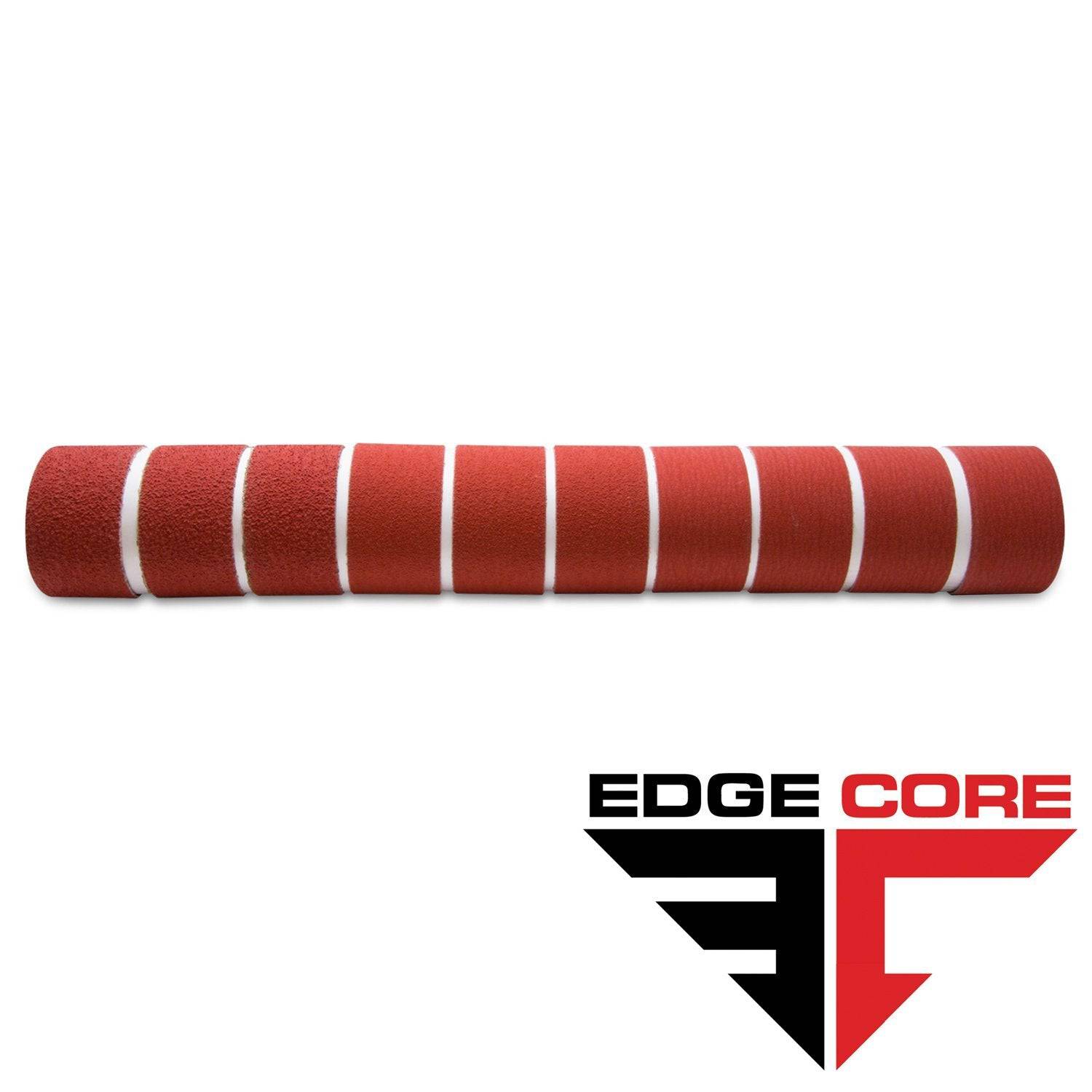
2 X 72 Inch Knife Makers Sanding Belts Assortment
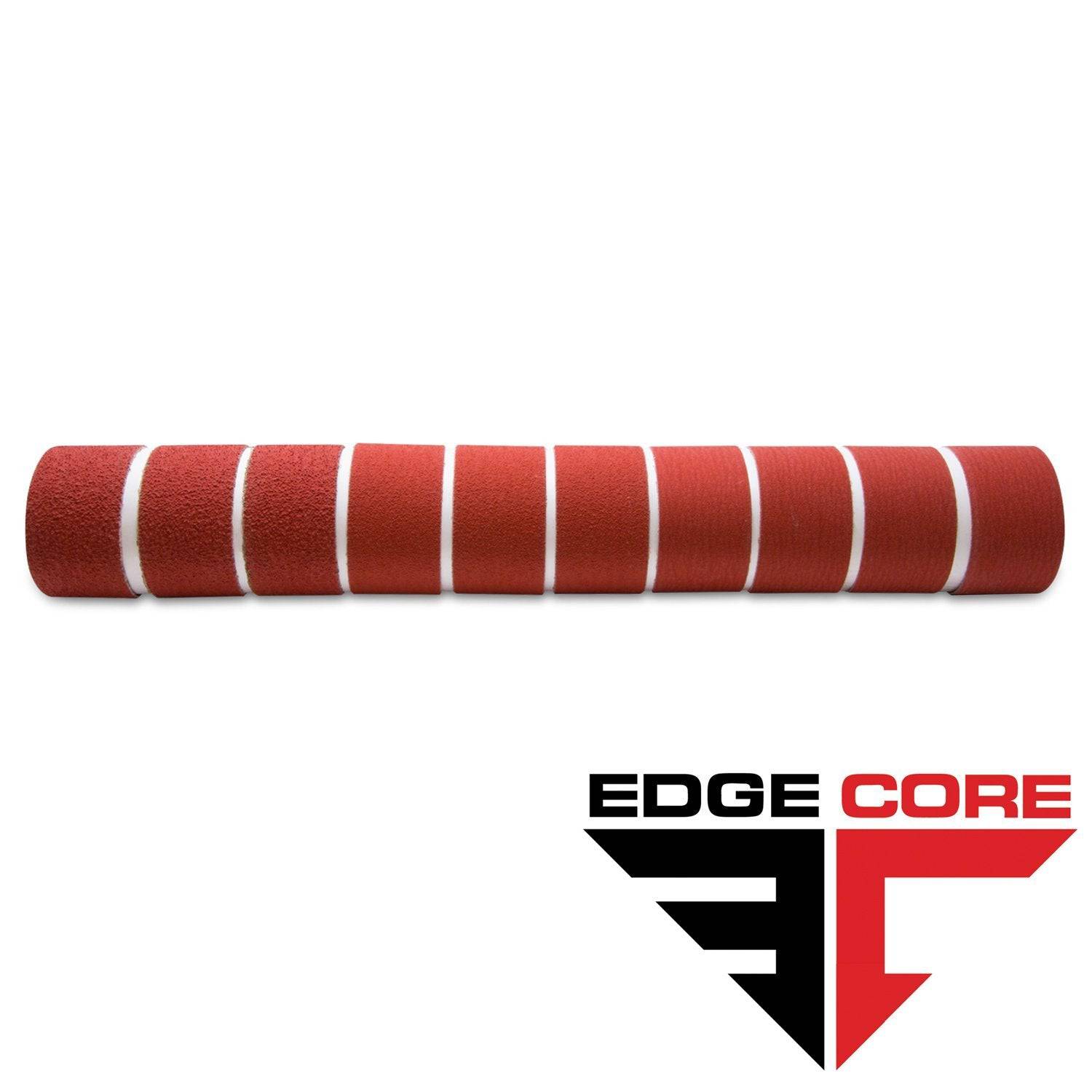
2 X 60 Inch Knife Makers Sanding Belts Assortment
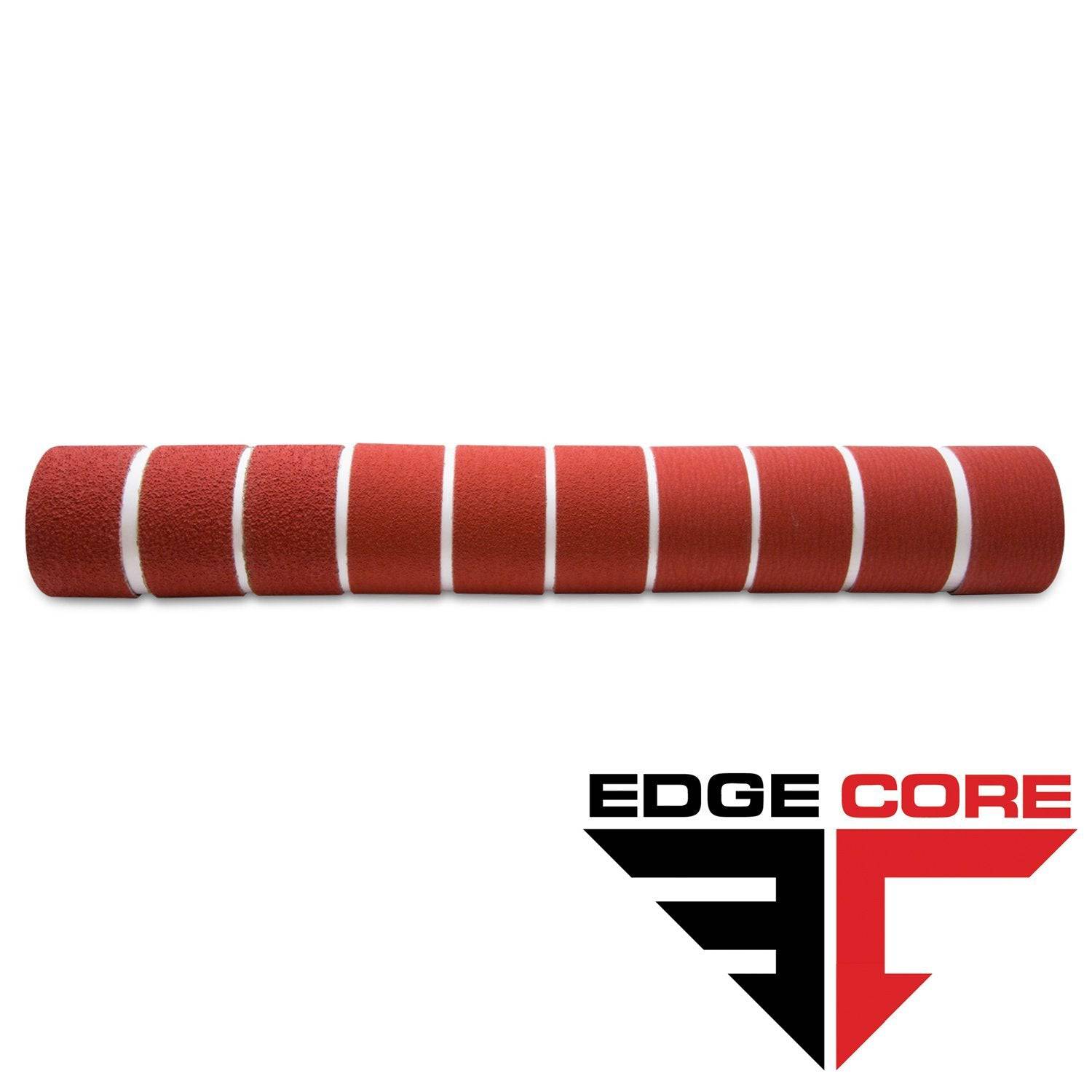
2 X 48 Inch Knife Makers Sanding Belts Assortment
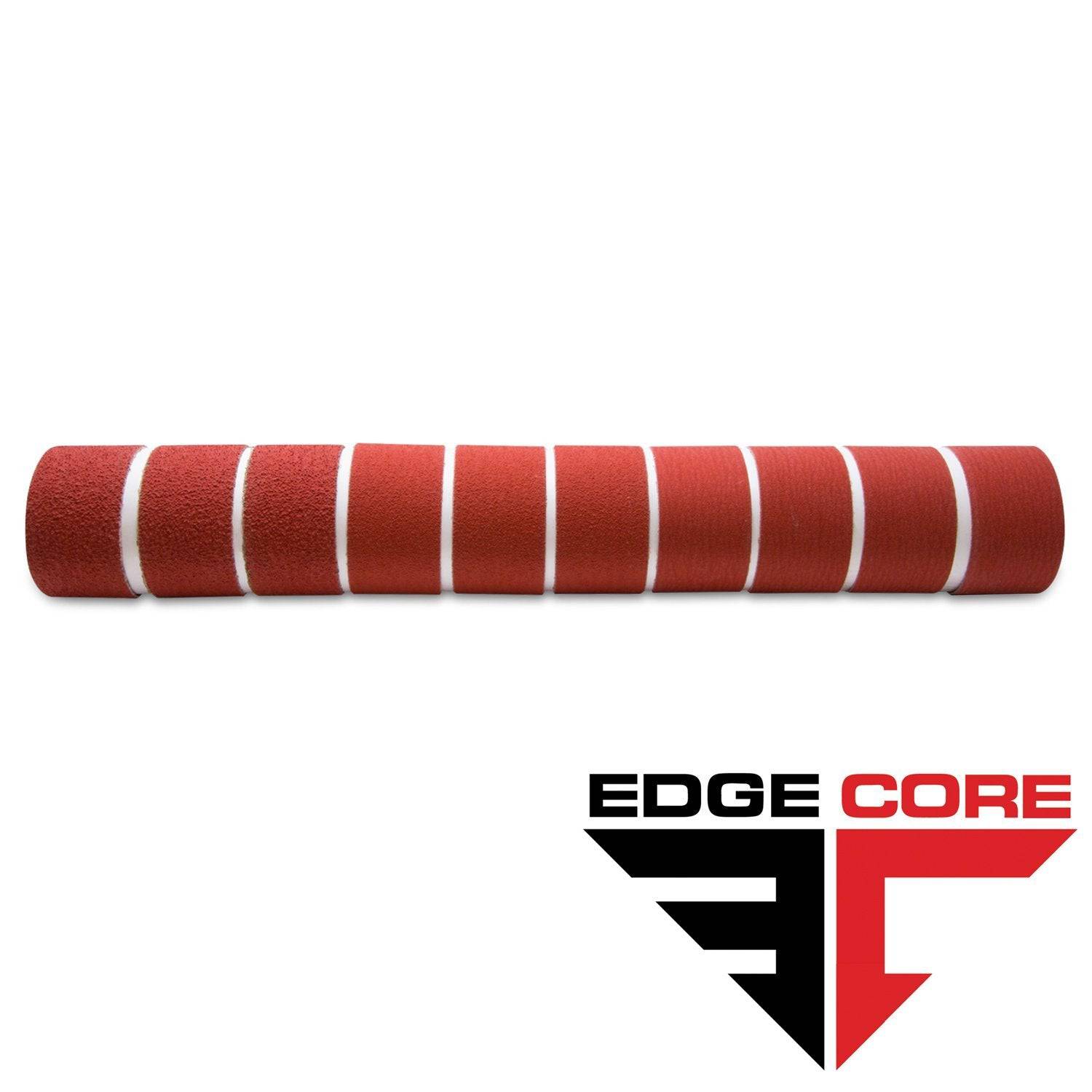
2 X 36 Inch Knife Makers Sanding Belt Assortment
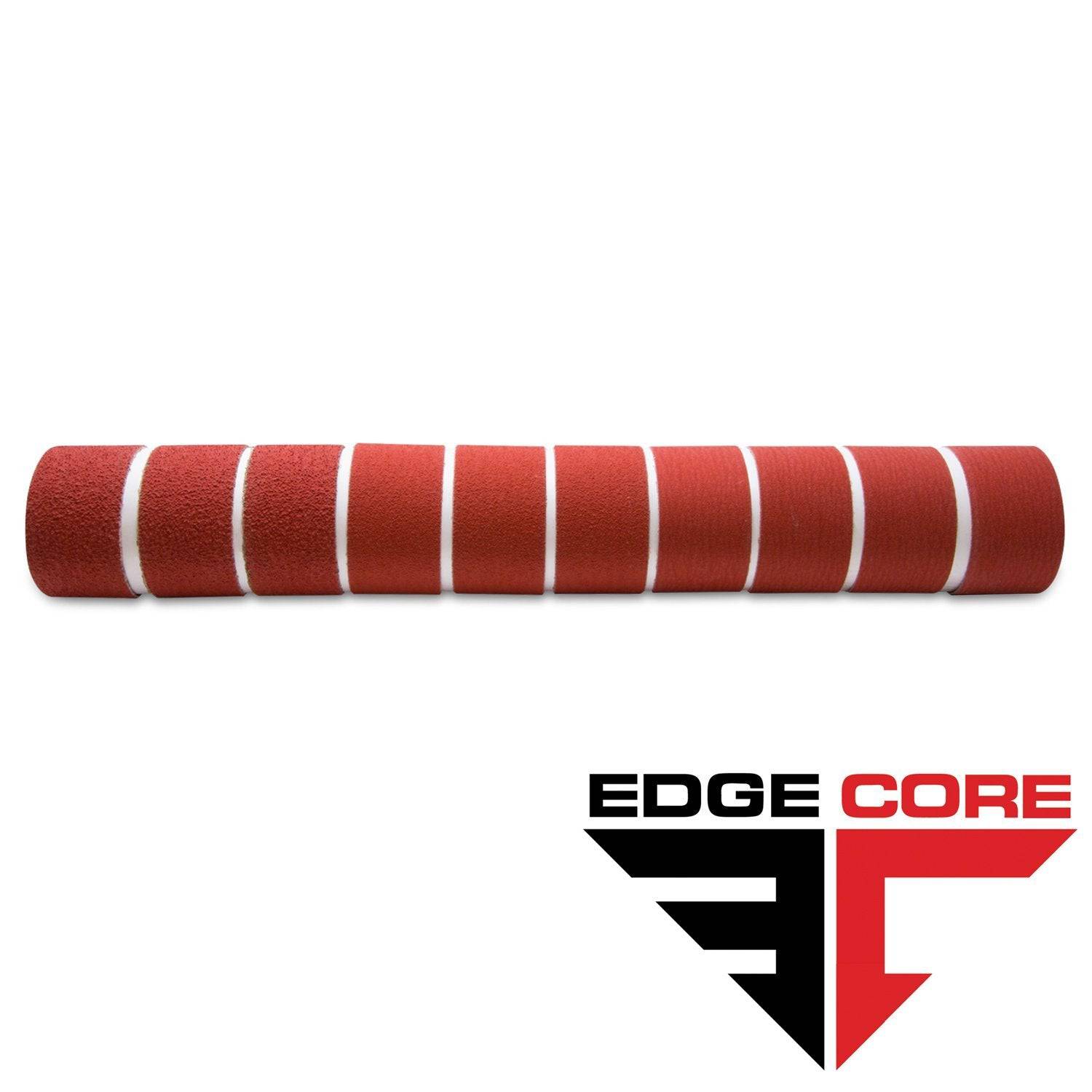
2 X 42 Inch Knife Makers Sanding Belts Assortment
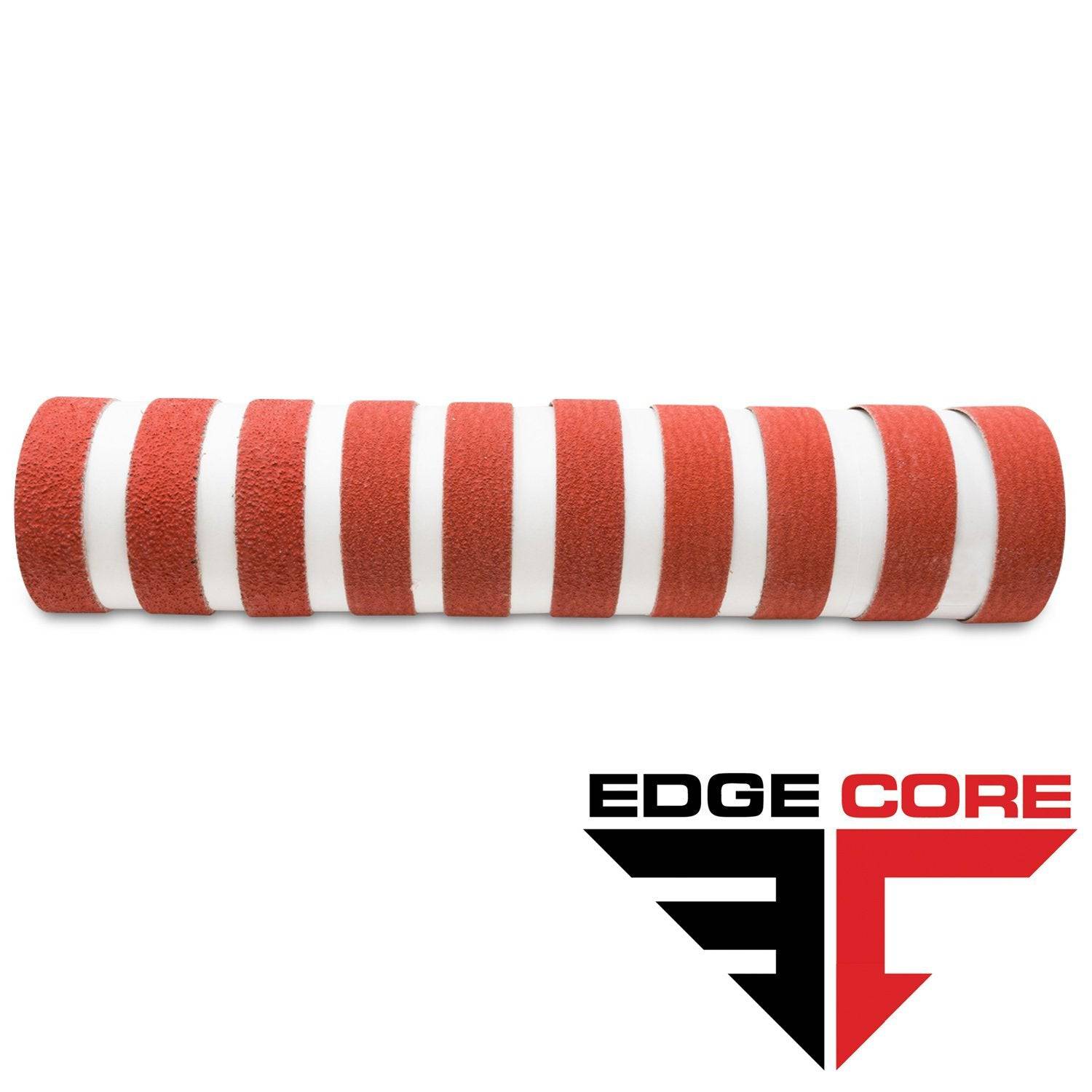
1 X 30 Inch Knife Makers Sanding Belts Assortment
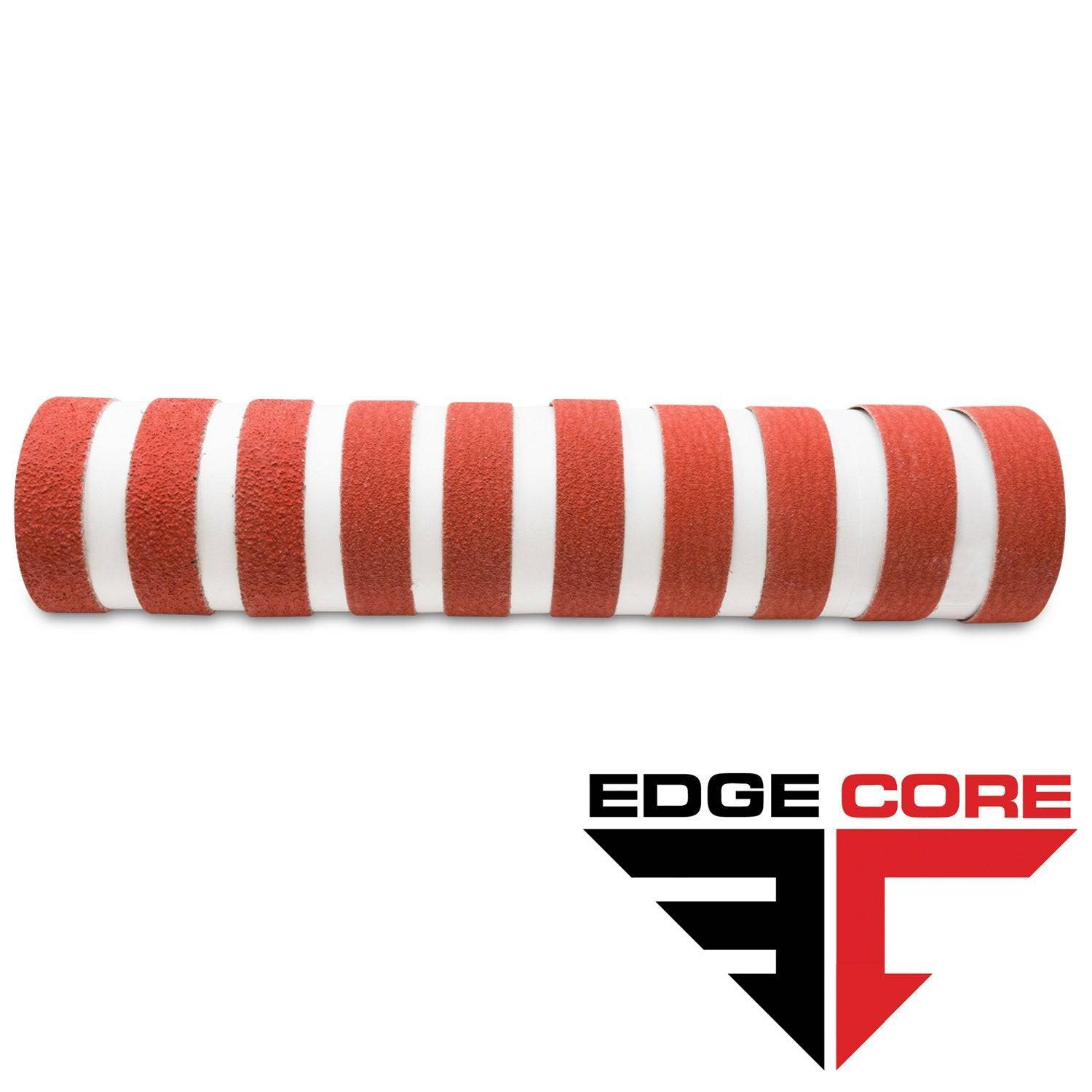
1 x 42 Inch Knife Makers Sanding Belt Assortment
Shop By Product Category





Why Choose Red Label?







